Disclosure: This article contains affiliate links. We may earn a commission from purchases at no extra cost to you, which helps our travel content.
Growing up in Edmonton with my Filipino mother's culinary influence, I developed an early appreciation for how food connects us to place and heritage. Yet somehow, I'd overlooked the gastronomic renaissance happening just a province over in Saskatoon. Last fall, a veterinary conference brought me back to the Canadian prairies, where I discovered a city transforming its agricultural heritage into a modern food identity. The timing couldn't have been more perfect—harvest season had painted the surrounding farmlands in amber and gold, and local chefs were showcasing the bounty with creative fervor. What was meant to be a quick professional trip turned into a delicious three-day exploration of a city where farm-to-table isn't just a trendy phrase but a way of life deeply rooted in prairie culture. Let me take you through Saskatoon's culinary landscape, where innovative restaurants, passionate food artisans, and the rich agricultural traditions of Saskatchewan come together in surprising and delectable ways.
Understanding Saskatoon's Food Renaissance
Saskatoon's culinary transformation didn't happen overnight. Historically known for its wheat fields and conventional prairie fare, this mid-sized Canadian city has quietly cultivated a sophisticated food scene that honors its agricultural roots while embracing global influences.
Walking through the Riversdale neighborhood, I was struck by how seamlessly old and new coexist. Century-old buildings now house modern eateries where chefs create menus based on what local farmers harvested that morning. The South Saskatchewan River winds through the city, providing a scenic backdrop to this culinary evolution.
"We're not trying to be Vancouver or Toronto," explained Chef Dana, who moved back to her hometown after years working in international kitchens. "Saskatoon's food identity comes from what's always been here—incredible agricultural products, foraging traditions, and a community that values knowing where their food comes from."
What makes Saskatoon's approach unique is its authenticity. Unlike cities where farm-to-table can feel like marketing jargon, here it's simply practical reality. Many restaurants maintain direct relationships with farmers within a 100-kilometer radius, and chefs design menus around seasonal availability rather than forcing ingredients to fit predetermined dishes.
As a veterinarian with a background in sustainable food systems, I appreciated how many establishments also prioritize ethical animal husbandry. Several restaurants proudly display information about their meat sources, highlighting farms that practice humane, sustainable raising methods—something I always look for when dining out.
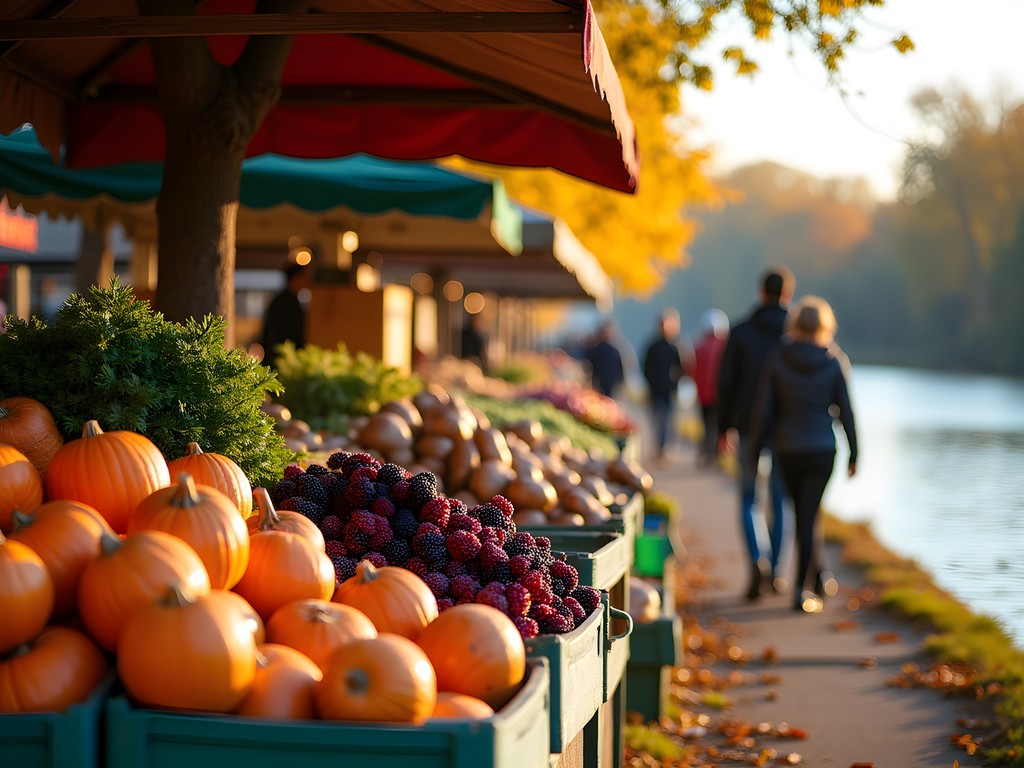
💡 Pro Tips
- Visit during harvest festival season (September-October) for special menus and food events
- Look for restaurants displaying the 'Saskatchewan Flavours' certification, indicating they source at least 60% of ingredients locally
- Ask servers about farm sources—most staff are knowledgeable and passionate about their suppliers
Harvest Season: The Perfect Time for Prairie Dining
If you're planning a culinary weekend in Saskatoon, autumn is undoubtedly the prime season. As someone who's experienced the rhythm of Canadian growing seasons, I can attest that fall transforms the prairie food scene into something magical. September through mid-October offers that sweet spot when summer's bounty overlaps with autumn's hearty offerings.
During my weekend visit, I witnessed the celebration of harvest in every restaurant. Root vegetables like parsnips, carrots, and the exceptionally sweet local beets feature prominently, often roasted to concentrate their natural sugars. Wild mushrooms foraged from northern Saskatchewan forests make brief but spectacular appearances on menus, and the namesake saskatoon berries find their way into everything from compotes to craft cocktails.
At Hearth Restaurant, Chef Robin's tasting menu showcased the season with a stunning roasted squash soup poured tableside over a small mound of pickled local mushrooms and pumpkin seed oil. The contrast of temperatures and textures was nothing short of revelatory.
For those venturing out to explore the countryside, I recommend bringing a good travel thermos to enjoy hot tea or coffee while driving through the stunning autumn landscapes. The golden fields against clear blue prairie skies are worth the trip alone.
Fall also brings a flurry of food-focused events. I was fortunate to catch the Prairie Feast, a multi-course dinner held in a restored barn just outside the city limits. Local chefs collaborated with farmers to create dishes that told the story of Saskatchewan's food heritage—from indigenous ingredients to the crops brought by various immigrant communities over generations.
The cooling temperatures make it ideal for exploring the city's food scene on foot, moving from coffee shops to restaurants to bakeries without the extreme weather Saskatchewan is known for in winter or summer.

💡 Pro Tips
- Book restaurant reservations 2-3 weeks in advance for weekend dinners during harvest season
- Visit the Saskatoon Farmers' Market on Saturday morning to meet producers and sample local specialties
- Look for special harvest tasting menus, which offer the best value for experiencing seasonal highlights
Must-Visit Farm-to-Table Restaurants
Saskatoon's restaurant scene strikes that perfect balance between sophisticated culinary technique and unpretentious prairie hospitality. Here are the standouts that showcase the farm-to-table ethos at its finest:
Hearth Restaurant Tucked into the Avalon neighborhood, Hearth quickly became my favorite dining experience in Saskatoon. Chef Robin's wood-fired cooking method adds depth to locally sourced ingredients. The menu changes weekly, but if available, don't miss the heritage grain sourdough with house-cultured butter—a simple dish that showcases the quality of Saskatchewan wheat. Their wine list features several Canadian options that pair beautifully with the food.
Odd Couple This family-run restaurant blends Asian culinary traditions with prairie ingredients in unexpected ways. The owners' Filipino heritage resonated with me immediately, reminding me of my mother's cooking but with local Saskatchewan twists. Their laksa made with local chicken and regional vegetables was a comforting fusion that worked brilliantly. The restaurant's commitment to working with small-scale local farmers is evident in every dish.
The Hollows Set in a former Chinese restaurant (they kept some of the original decor as a nod to the building's history), The Hollows takes the farm-to-table concept further with their commitment to foraged ingredients and zero waste. Chef Christie's preservation techniques mean you might taste summer's bounty in the middle of fall through pickled, fermented, or dehydrated elements. Their tasting menu is worth the splurge for serious food enthusiasts.
Black Fox Farm & Distillery Technically outside city limits, this working farm and craft distillery offers a field-to-glass experience that shouldn't be missed. Their gin incorporates botanicals grown on their property, and the farm tour gives you insight into sustainable agricultural practices. I was particularly impressed with their commitment to creating habitat for pollinators alongside their production areas—something my veterinary background made me appreciate deeply.
For capturing food memories, I rely on my compact camera which handles low restaurant lighting beautifully without being as intrusive as larger cameras. The food photography capabilities have helped me document culinary journeys like this one without disturbing other diners.
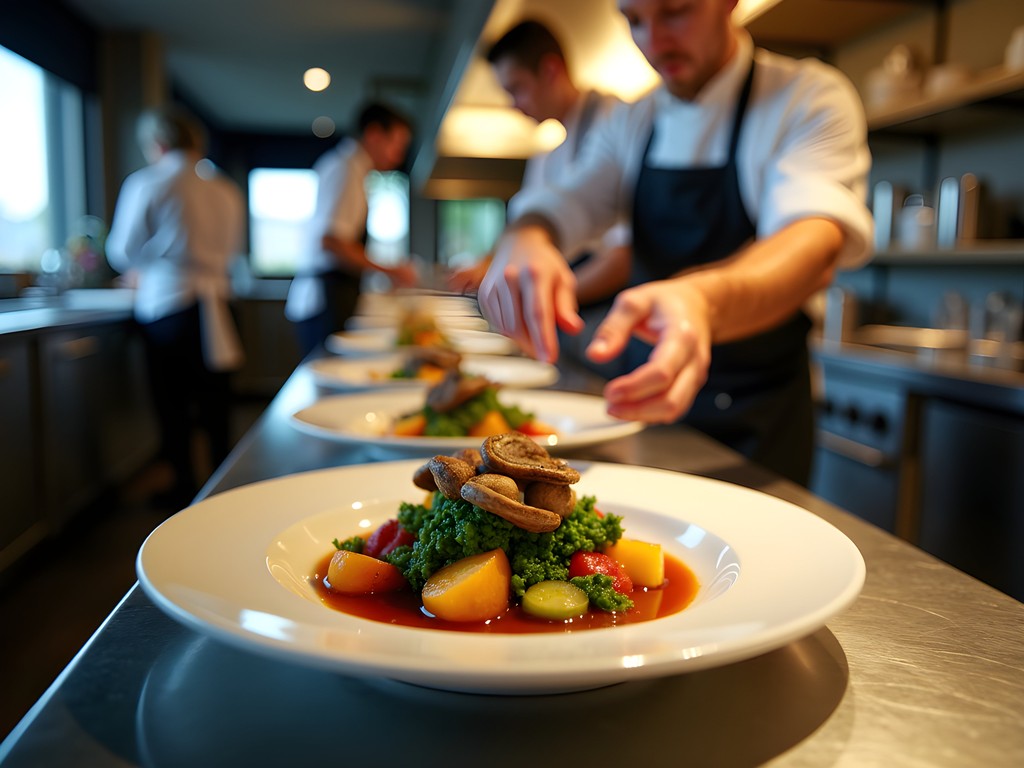
💡 Pro Tips
- Make Hearth Restaurant your splurge meal and book well in advance
- Ask for half-portions at Odd Couple to sample more dishes—they're happy to accommodate
- Visit The Hollows for lunch if dinner reservations are booked solid
Beyond Restaurants: Food Experiences & Artisanal Producers
While Saskatoon's restaurants deserve their moment in the spotlight, some of my most memorable food experiences happened outside traditional dining establishments. The city and surrounding area offer rich opportunities to connect with the people and processes behind the local food movement.
Saskatoon Farmers' Market Now in its permanent location at Riversdale, this year-round market becomes especially vibrant during fall harvest. I spent a Saturday morning chatting with farmers about heritage grain varieties and sampling preserves made from fruits I'd never encountered before. The market's indoor/outdoor setup makes it comfortable even when autumn brings a chill to the air.
What struck me most was the diversity of producers—from multi-generation farming families to new immigrants bringing agricultural traditions from their home countries. As someone who grew up in a culturally blended household, I appreciated this living example of how food traditions evolve and intermingle.
Wild Cuisine Foraging Tours As a lover of both wildlife and food, I couldn't resist booking a foraging tour with local expert Daniel. We spent three hours exploring the river valley and urban green spaces, identifying edible plants that most people walk past without noticing. Daniel's knowledge of both indigenous food uses and contemporary culinary applications made for a fascinating experience.
I was surprised to learn about the abundance of edible plants growing within city limits—from wild rosehips packed with vitamin C to aromatic herbs that chefs pay premium prices to include on their menus. The tour concluded with a tasting of foraged-ingredient preserves and teas.
Night Oven Bakery This small-batch bakery mills their own flour from Saskatchewan-grown heritage grains. The difference in flavor and nutrition is immediately apparent in their naturally leavened breads. Owner Bryn walked me through their process, from grain selection to their brick oven baking technique. I left with a loaf of their seeded sourdough and newfound appreciation for the complexity of what seems like a simple food.
For these food exploration adventures, I always bring my insulated backpack which keeps any perishable treasures fresh until I return to my accommodation. It's been invaluable for preserving farmers' market finds and foraged goods during my travels.

💡 Pro Tips
- Arrive at the farmers' market early (before 9am) for the best selection
- Book specialty food tours at least a week in advance as they often sell out
- Many artisanal producers offer workshops—check Tourism Saskatoon's calendar for seasonal offerings
Connecting with Prairie Food Culture
What makes Saskatoon's food scene truly special isn't just the quality of ingredients or the skill of its chefs—it's the deep connection to prairie food culture that infuses everything from casual cafes to fine dining establishments.
As someone who's traveled extensively through Southeast Asia and studied how waterway communities develop distinct food traditions, I found fascinating parallels in how the South Saskatchewan River has shaped Saskatoon's food identity. Indigenous food practices centered around the river valley's resources form the foundation, with layers of immigrant culinary traditions building upon that base.
During my visit, I had the privilege of attending a special dinner at Wanuskewin Heritage Park just outside the city. This cultural center and archaeological site offers a profound look at indigenous food systems that have sustained people on these lands for thousands of years. The dinner featured traditional ingredients like bison, saskatoon berries, and wild rice prepared with both ancient techniques and contemporary approaches.
"These foods aren't just ingredients—they're our medicine, our stories, our connection to this place," explained Elder Margaret, who blessed the meal. As a veterinarian with a scientific background, I've always been fascinated by the nutritional wisdom embedded in traditional food systems, and this experience reinforced that interest.
The Ukrainian influence on prairie food culture is also unmistakable in Saskatoon. At Baba's Homestyle Perogies, I watched as women hand-pinched dozens of perogies filled with local potatoes and Saskatchewan-made cheese. These Eastern European dumplings have become as quintessentially prairie as wheat fields themselves.
What I found most compelling was how younger chefs are reinterpreting these cultural food traditions. At The Night Oven Bakery, traditional European baking techniques meet Saskatchewan-grown Red Fife wheat (a heritage variety saved from extinction). At Primal, pasta made from locally milled flour is paired with Saskatchewan-raised meats in Italian preparations adapted to prairie ingredients.
For food-loving travelers, I recommend documenting these culinary experiences with a travel journal to preserve memories of flavors and food stories. My journal entries from Saskatoon are filled with recipe ideas, producer contacts, and sketches of interesting plate presentations that continue to inspire my cooking months after visiting.
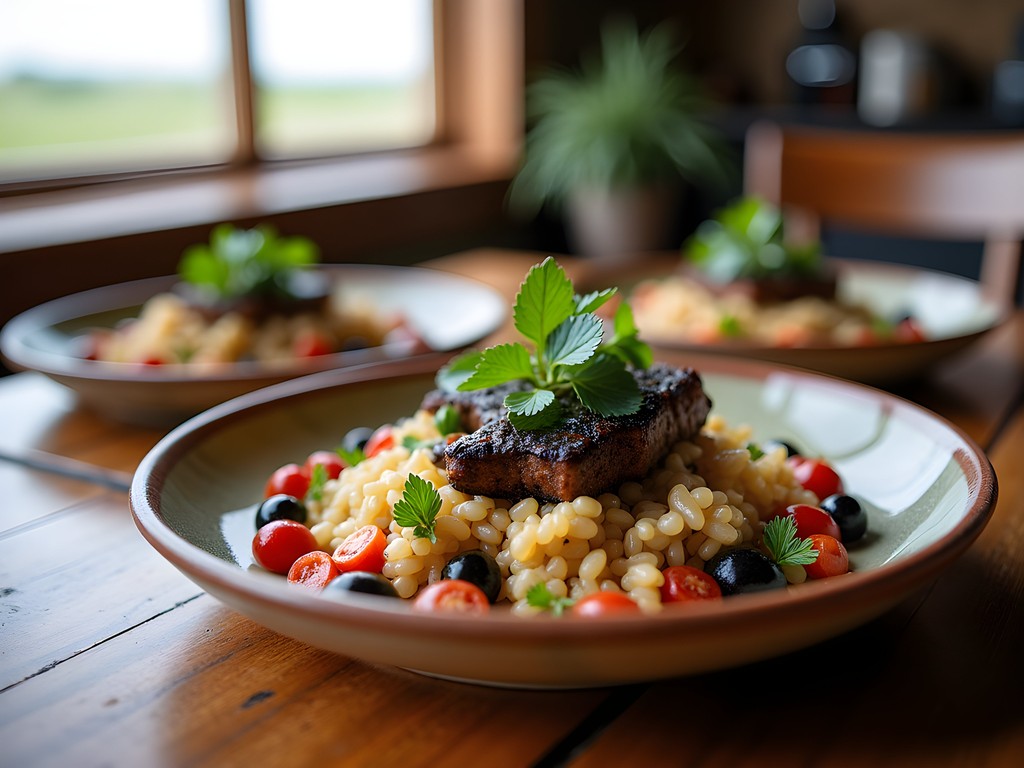
💡 Pro Tips
- Check Wanuskewin Heritage Park's calendar for special food-focused events that showcase indigenous cuisine
- Look for restaurants that tell the story behind their dishes—the historical and cultural context enhances the dining experience
- Ask locals about their family food traditions—many are happy to share recommendations for dishes that represent authentic prairie cuisine
Final Thoughts
As my weekend in Saskatoon drew to a close, I found myself at the farmers' market one last time, filling my bag with local specialties to take home—a jar of saskatoon berry preserves, a loaf of Red Fife sourdough, and a small bottle of sea buckthorn oil pressed from berries grown just outside the city. These tangible reminders of Saskatoon's food culture would allow me to share this discovery with friends back in Norfolk. What began as a professional trip had evolved into a profound appreciation for a city reclaiming its food heritage while pushing culinary boundaries. For couples seeking a food-focused getaway that balances sophistication with authenticity, Saskatoon offers something increasingly rare—a genuine sense of place expressed through food. Whether you're sampling foraged ingredients at a fine dining establishment or chatting with a fourth-generation grain farmer at the market, you'll find a community eager to share their food stories. Come hungry, but also come curious—the best experiences await those willing to ask questions and follow their taste buds beyond the expected.
✨ Key Takeaways
- Fall harvest season (September-October) offers the richest culinary experiences in Saskatoon
- Make restaurant reservations well in advance for weekend dining
- Balance fine dining experiences with visits to food producers and markets for a complete understanding of the local food scene
- Look for menus highlighting indigenous ingredients and heritage products for the most authentic prairie dining experiences
📋 Practical Information
Best Time to Visit
September to mid-October
Budget Estimate
$150-250 per day for accommodations and dining
Recommended Duration
2-3 days
Difficulty Level
Easy

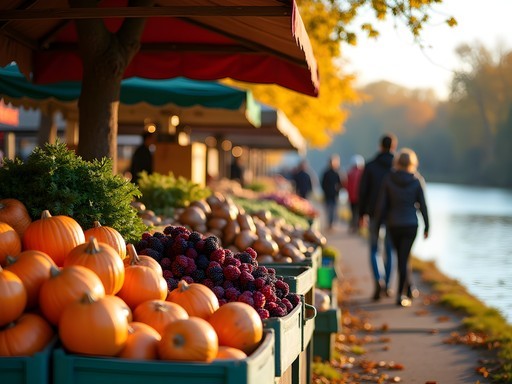

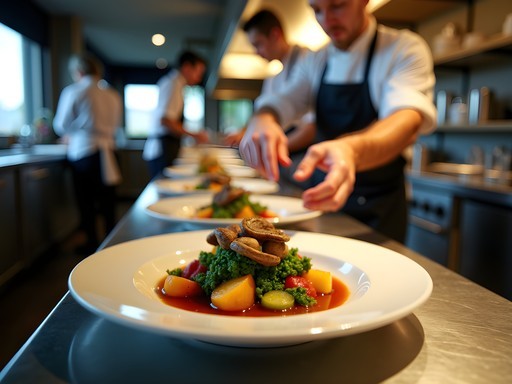

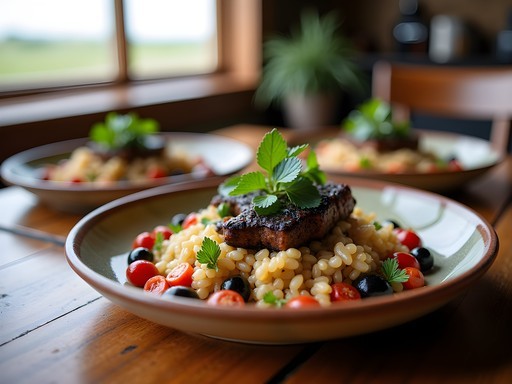







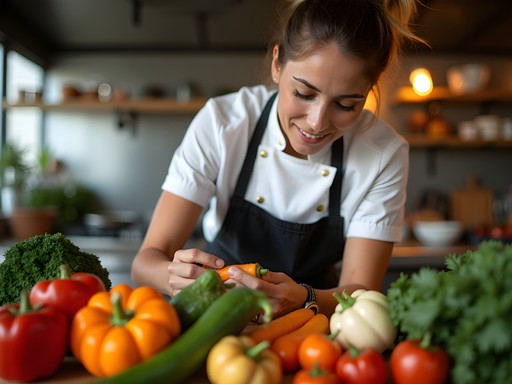

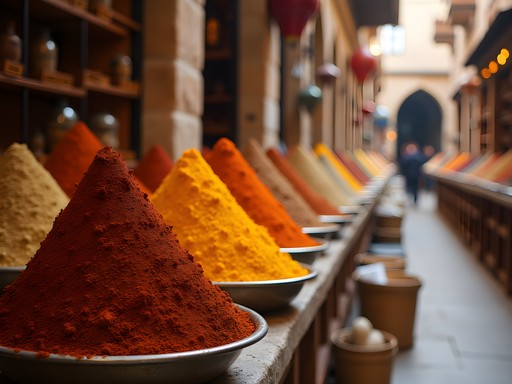
Comments
photoqueen
Those farmers' market shots are gorgeous! What camera settings did you use for the indoor lighting? Always struggle with market photos.
Casey Torres
Thanks! Shot those at f/2.8, ISO 800. The market has great natural light from those big windows which helps a ton!
Frank Garcia
Having researched Canadian food scenes extensively for my blog, I find Saskatoon represents an interesting case study in how agricultural heritage transforms into modern cuisine. The economic factors driving this renaissance are fascinating - local chefs returning from international training combined with the affordability of commercial space compared to Toronto or Vancouver. What's particularly notable is how Indigenous food traditions are being incorporated respectfully, not just as a trend. The Three Sisters dishes at Aria mentioned in this post demonstrate this beautifully. My analysis suggests Saskatoon is following the Portland trajectory but with uniquely prairie characteristics. Well-documented, Casey.
redlover2010
Is September still a good time to visit for the food scene or is it better in summer?
Casey Torres
September is actually perfect! Harvest season means the restaurants have the freshest local produce. Plus the farmers' markets are less crowded than summer but still fully stocked!
Frank Garcia
September also has the Taste of Saskatchewan food festival if you time it right. Definitely worth planning around!
Marco Flores
What a coincidence! I was in Saskatoon last summer doing a cross-Canada trip and stumbled upon their farm-to-table scene completely by accident. I was camping outside the city and met a farmer at a gas station who invited me to a harvest dinner at his farm. Ended up sitting with locals who took me to Odla the next day - that restaurant where they have their own farm! The connection between the land and plate is so authentic there. Casey, your article captures that prairie-to-plate journey perfectly. I documented the whole experience in my travel journal which I never leave home without. Saskatoon's food scene deserves more international attention!
starzone
Those food pics are making me hungry! Saskatoon wasn't on my radar before but it is now!
backpacklegend
Just got back from Saskatoon last week and the food scene blew me away! Tried that new place mentioned in the article - Hearth - and the chef actually came out to explain how they source everything locally. The berry desserts were INSANE. Definitely didn't expect such amazing culinary experiences in what I thought was just a prairie city. Casey, you nailed it with the farmers' market recommendation too - I spent way too much money on local honey and preserves!
Casey Torres
So glad you enjoyed Hearth! Chef Thayne's commitment to local ingredients is incredible. Did you try their seasonal mushroom dish? It's foraged just outside the city!
backpacklegend
Yes! The mushroom toast with the herb oil! Unreal. Bought some of that Riverbend Plantation saskatoon berry jam you mentioned too.
roammate
Those photos of the fresh produce have me drooling! Great post.
Fatima Sims
Casey, this post brought back so many memories! I spent a week in Saskatoon last fall doing a similar food tour. The Hollows was my absolute favorite - that foraged ingredient tasting menu blew my mind. I'd add Black Fox Farm & Distillery to your list - their farm-to-glass spirits are incredible and the tour shows how they grow everything right there. Also, for anyone planning a visit, I found that bringing my food journal was perfect for noting all the amazing places. The farmers at the market love when you ask questions about their growing practices - I learned so much about sustainable agriculture just by chatting with vendors!
roammate
Black Fox is going on my list! Love the idea of farm-to-glass spirits. Did you need reservations for most places or can you just walk in?
Fatima Sims
Definitely book ahead for The Hollows and Hearth - they fill up fast especially on weekends! Black Fox doesn't need reservations for tastings, but their special events sell out quickly. The farmers' market is of course walk-in and SO worth getting there early!
nomadchamp
Is harvest season (late summer/early fall) really the best time to visit? Planning a trip to Saskatchewan and trying to nail down dates.
Fatima Sims
Absolutely! I was there last September and the farmers' markets were INCREDIBLE. The restaurants had these special harvest menus showcasing whatever was fresh that week. Plus the weather is perfect - warm days, cool nights. Definitely try to hit the Saskatoon Berry Festival if your timing works out!
nomadchamp
Thanks for the tip about the berry festival! Will look into that.
escapediver
Never thought of Saskatoon as a foodie destination! Adding this to my Canadian road trip plans.
roammate
Same! I always just passed through on my way to the Rockies. Big mistake apparently!
escapediver
Right? The farm-to-table scene sounds way more developed than I expected for a prairie city.
Venture X
Premium card with 2X miles, $300 travel credit, Priority Pass